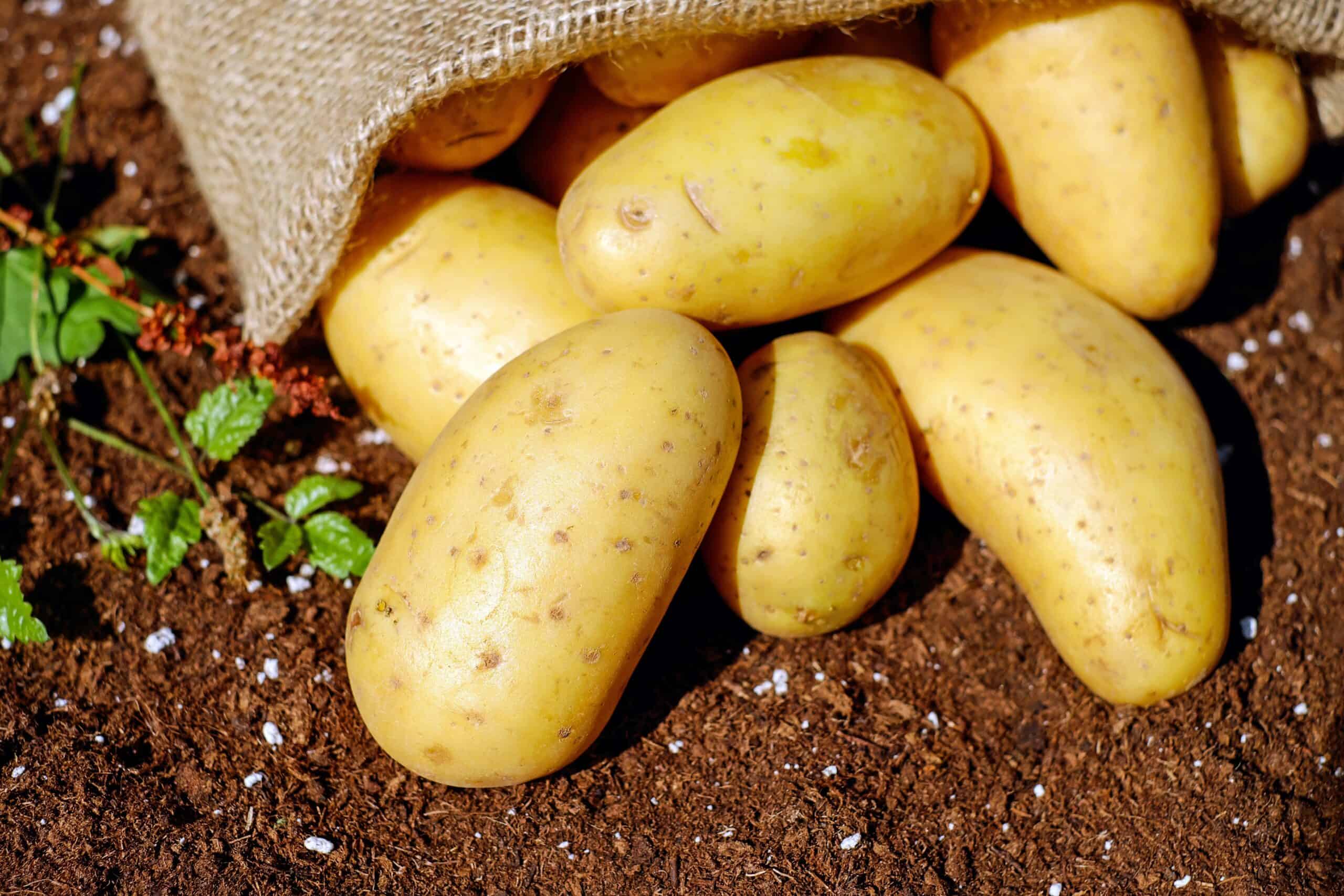Potatoes are a versatile and widely loved vegetable that can be easily grown in your own garden. Whether you have a large backyard or a small plot, cultivating potatoes is a rewarding and straightforward process. In this comprehensive guide, we will take you through the step-by-step process how to grow potatoes in your garden and provide you with essential tips to ensure a successful harvest.
1. Choosing Potato Varieties solving the myth of how to grow potatoes
There are countless potato varieties to choose from, each with its own unique flavor, texture, and suitability for different growing conditions. Popular varieties include Russet, Yukon Gold, Red Pontiac, and Fingerling. Consider your preferences and intended use of the potatoes (e.g., boiling, baking, or frying) when selecting the varieties for your garden.
2. Preparing the Garden Bed
Select a sunny location in your garden that receives at least six to eight hours of direct sunlight per day. Potatoes prefer well-draining soil with a pH level between 5.0 and 6.0. Prepare the garden bed by loosening the soil with a garden fork or tiller, removing any weeds or debris, and incorporating organic matter such as compost or well-rotted manure to improve soil fertility and structure.
3. Seed Potatoes and Chitting
Purchase certified seed potatoes from a reputable source or save your own from disease-free tubers. Before planting, allow the seed to undergo a process called “chitting.” Place them in a cool, well-lit area (not in direct sunlight) for a few weeks. This encourages the development of sturdy sprouts or “chits” from the eyes of the potatoes, which will facilitate their growth once planted.
4. Planting
Plant when the soil temperature reaches around 45 to 55°F (7 to 13°C), typically a few weeks before the last frost date in your area. Dig shallow trenches or furrows in the prepared garden bed, spacing them around 12 to 15 inches apart. Place the seed in the trenches, ensuring the sprouts face upward. Space the seed 8 to 12 inches apart within the trench, covering them with about 2 to 4 inches of soil.
5. Hilling and Mounding
As the potato plants grow and develop, they require hilling or mounding to promote tuber formation and prevent sunlight from reaching the developing potatoes, which can cause them to turn green and become toxic. Once the plants reach a height of about 6 inches, gently mound soil around the stems, covering about one-third of the plant. Repeat this process every few weeks as the plants continue to grow, ensuring that only the top leaves are exposed.
6. Watering and Fertilization
Potatoes need consistent moisture throughout the growing season, particularly during tuber formation. Keep the soil evenly moist, but not waterlogged, as overly wet conditions can lead to rot. Water deeply once or twice a week, depending on rainfall and soil conditions. Additionally, fertilize the plants every few weeks with a balanced fertilizer to provide essential nutrients for healthy growth.
7. Pest and Disease Management
These plants are susceptible to various pests and diseases, including potato beetles, aphids, and late blight. Monitor your plants regularly and take prompt action if any issues arise. Consider using organic pest control methods such as handpicking pests, applying neem oil or insecticidal soap, and using row covers to prevent insect infestations. Rotate potato crops yearly to minimize disease buildup in the soil.
8. Harvesting
The time to harvest varies depending on the variety and desired size. New potatoes can be harvested when the plants are in full bloom, typically around 60 to 90 days after planting. Gently dig around the base of the plant with a garden fork, being careful not to damage the tubers. For mature ones, wait until the foliage has withered and turned yellow or brown. Carefully dig up the plant, allow them to dry on the surface for a few hours, and then store them in a cool, dark, and dry place.
9. Enjoying Your Homegrown Potatoes
Once harvested, your home growing potatoes can be enjoyed in a variety of ways. Boil them for a classic potato salad, bake them for crispy and fluffy baked , or use them in soups, stews, and other delicious recipes. The flavor and satisfaction of eating fresh from your own garden are unmatched.
Growing in your garden is a rewarding experience that can be enjoyed by gardeners of all skill levels. By following these steps and tips, you can cultivate a bountiful harvest of delicious potatoes that will be a delight to savor and share with family and friends. So, roll up your sleeves, prepare your garden bed, and get ready to enjoy the satisfaction of growing your own at home. For more gardening tips keep visiting Gardningo.come


